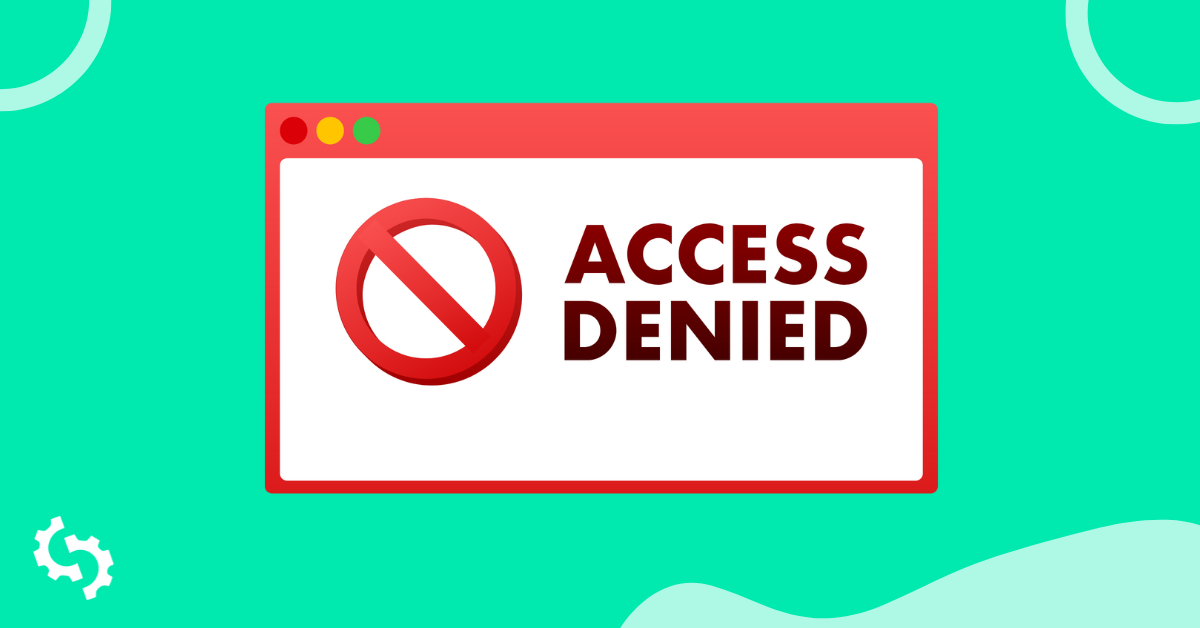
Want to outrank your competitors and get highly-targeted traffic from the search engines?
Then you need to get dofollow backlinks to your site.
Only dofollow links count for SEO purposes, while nofollow links aren't counted at all.
Thus, it’s important to know what dofollow links are and how to get them if you want to get traffic from the search engines.
In this article, I’ll discuss the difference between dofollow and nofollow links. I’ll also explain how to check if a link is dofollow or nofollow, and how you can get dofollow links that pass their SEO power to you and help deliver search engine traffic to your site.
What are Dofollow and Nofollow Links?
So what are dofollow links and how are they different from nofollow links?
Dofollow links are links that count towards SEO rankings. By default, most links that people create from their own sites are dofollow. Getting great dofollow links is a main goal for most SEOs.
A dofollow link has HTML code that looks like this:
<a href=“https://seoptimer.com/”>SEOptimer</a>
Notice that you don’t have to add any special attributes to the link for it to be dofollow.
Nofollow links are links that aren’t intended to count towards SEO. Nofollow links were conceptualized in early 2005 by Matt Cutts and Jason Shellen of Google to stop people from comment spamming blogs to get links.
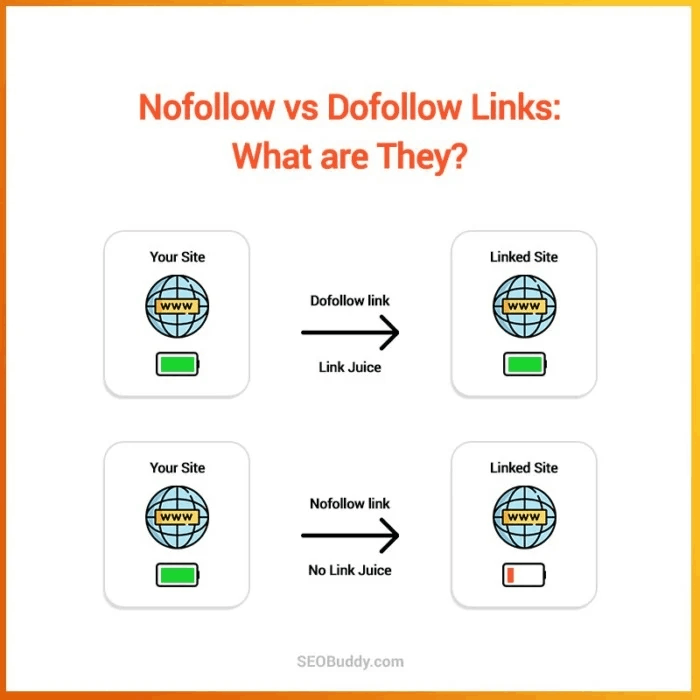
Since their creation, webmasters have also used them for other purposes, and today, it's virtually impossible to get dofollow links from blog comments, forums and social media sites where people can easily create profiles and links.
In fact, some sites even nofollow guest post bio links and promotional links!
When you're putting in the work to create content and build links, it can feel like an injustice.
But it actually makes good sense.
Imagine if you owned a site like Twitter or Facebook where people could sign up for free and link to their website. Without the nofollow attribute, you'd get tons of spammers creating accounts just to link to their site to boost their SEO.
The creation of the nofollow link reduces the amount of spam signups on social media accounts and also spammy blog comments.
A nofollow link has HTML code that looks like this:
<a href=“https://seoptimer.com/” rel=“nofollow">SEOptimer</a>
For nofollow links, notice that a rel=“nofollow” attribute is added to the link to let search engines know that this link shouldn't help or hurt SEO.
How to Check if a Link is Dofollow or Nofollow
So how can you tell if a backlink is dofollow or nofollow?
It's nothing techy or complex. It's actually really easy to do! Try it yourself using the example here.
The easiest way to find out is to right-click on the link and select “Inspect” in Chrome. Once you do that, a window will show up on the right with the link HTML highlighted.
Then, simply check to see if the rel=“nofollow” attribute is in the code.
Here’s an example from our blog post entitled "How to Find the Low-Quality Links Damaging Your Rankings." Right-click on the first link and select "Inspect."
In this example, the link is dofollow because the rel=“nofollow” attribute was not added to the link.
Another way to check the HTML code on a page is to right-click on the page and select "View Page Source." This command will pop open a new window with the HTML code for the entire page and you can hit "CTRL + F" to search for the URL you want to check.
Once again, just check to see if the rel=“nofollow" attribute is there and if it is, then the link is nofollow.
The Effects of Dofollow and Nofollow Links on SEO
So how do both dofollow and nofollow links affect a site’s SEO?
Generally, dofollow links from quality websites will help a site’s SEO.
A dofollow link is like a vote for a site, and if a site has enough dofollow links, then search engines conclude that the site has high-quality content (otherwise people wouldn’t link to it from their own sites).
Dofollow links from quality sites are one of the main factors that Google considers during their assessment of your site.
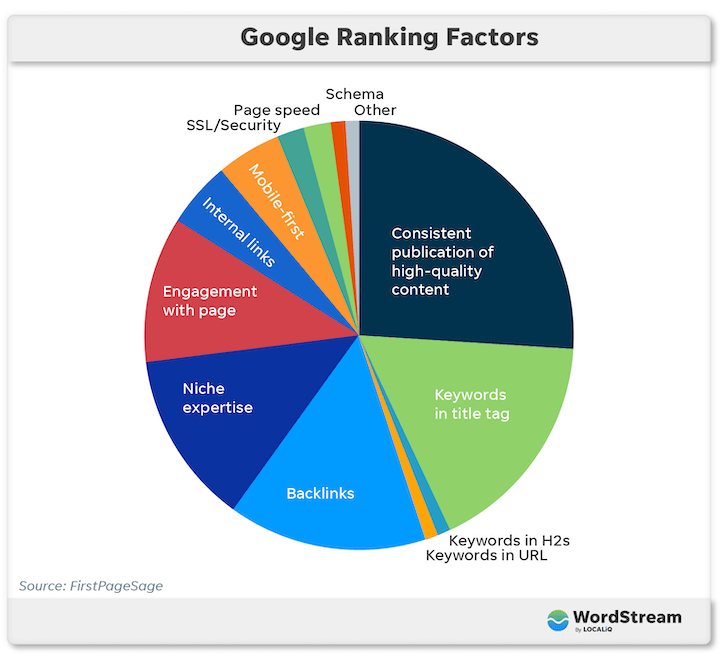
The higher the quality of the site that's linking to you, the more powerful that backlink is. After all, a website with an incredible reputation wouldn't damage their own SEO and UX by linking to terrible sources. Their reputation gets passed along to you when they link to you.
On the other hand, dofollow links from low-quality sites (especially spammy and virus-laden sites) can damage your SEO. Google gets a negative impression of you and your content when many bad links are pointing to you.
Thus, dofollow links are an important and influential SEO factor.
Nofollow links, on the other hand, don’t count or help a site rank. On the bright side, they won't hurt you either.
Nofollow links are essentially ignored by search engines for ranking purposes, but they're still useful for actual humans. People can click on those links to visit the webpage just like a regular dofollow link.
Dofollow links are the standard for external links, and they apply to all major search engines including Google, Yahoo, Bing, Ask.com and Baidu.
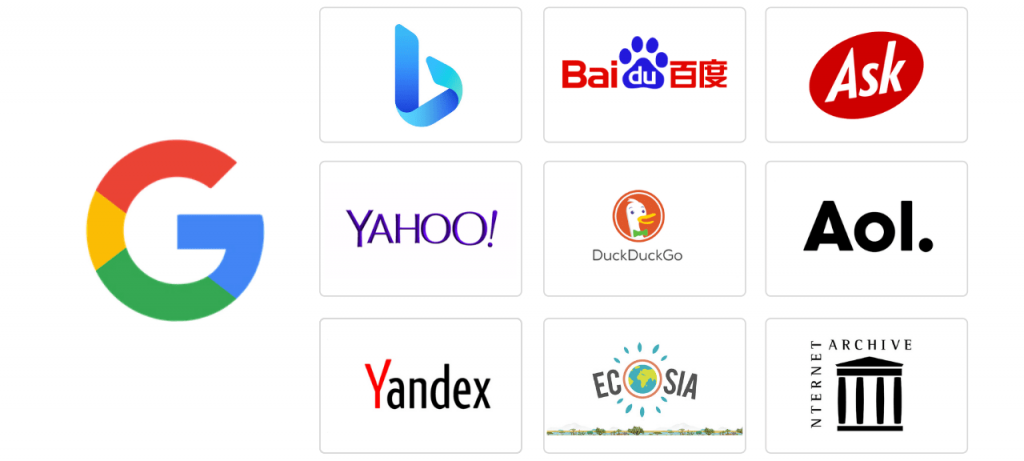
While nofollow was originally a Google creation, all of these five major search engines recognize the nofollow attribute and don’t count nofollow links towards SEO rankings.
Although nofollow links supposedly don’t count for SEO, many SEO professionals believe that it's a good idea to have a mix of both nofollow and dofollow links so that your backlink profile looks more natural.
After all, when you're just naturally letting backlinks come to you without any outreach, you're bound to end up with a number of nofollow links in the mix. Somebody doing aggressive linkbuilding for an SEO boost would focus 100% on dofollow links to game the system—and Google doesn't take kindly to that.
If you don’t have any nofollow links at all, you can get some by simply commenting on other blogs or sharing your own webpages on social media.
Usually, if your marketing and link building efforts are successful, people will start to find your webpages and you’ll get enough nofollow links in the natural course of things. So most of the time, you can focus your efforts on getting dofollow links without concern.
4 Ways to Get Dofollow Links
So now that we know what dofollow links are, how do we get them?
There are a lot of sites that still give dofollow links, but you'll need to put in the work to get them. Here are some of the most popular tactics:
1. Guest Blogging
Want to get in front of a large group of people who are already interested in the type of content you write and get a dofollow link in the process?
Then you'll definitely want to consider guest blogging.
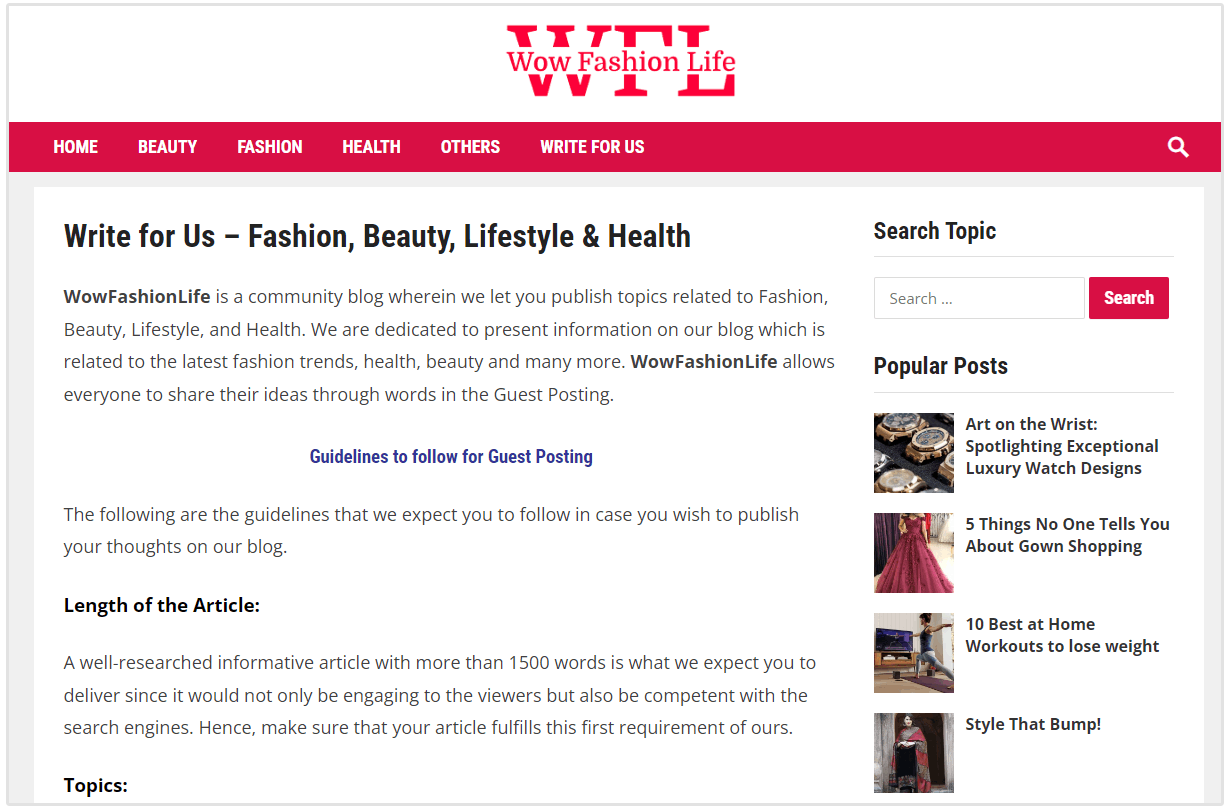
With guest blogging, the author creates a quality article for another blog and they're allowed to link to their own site in their author bio. Some blogs will even allow you to link to your own content in the body of the article.
It’s important to note that not all sites that accept guest posts offer dofollow links, so you need to check first.
Find a guest post written by another author, right-click on the link to their site, and click on "Inspect" to make sure the link is dofollow.
Leo Widrich launched Buffer and got his first 100,000 users by doing 150 guest posts in nine months. Once he did a few guest posts, it was easier to pitch editors and get featured on other blogs as well.
Buffer continued to grow by focusing on content marketing, and today, Buffer’s content is still driving lots of search traffic and they have millions of subscribed users.
2. Great Content + Email Outreach
Another way to get dofollow links is to create great content and then use email outreach to promote it. This approach works best if your content really stands out and is useful or interesting to the people you're reaching out to.
Imagine that you're just starting a brand new blog and write an amazing article. Wouldn't it be great if other people that linked out to similar content knew about your article?
Well, email outreach is an effective way to get those people to see your article and if they like it too, then you'll earn some dofollow links in the process.
So how do you find people to reach out to? There are several ways, but here are a couple of good ones.
Michael Podznev uses the BFF commenter technique where he finds another blog similar to his and reaches out to people that comment on those blogs.
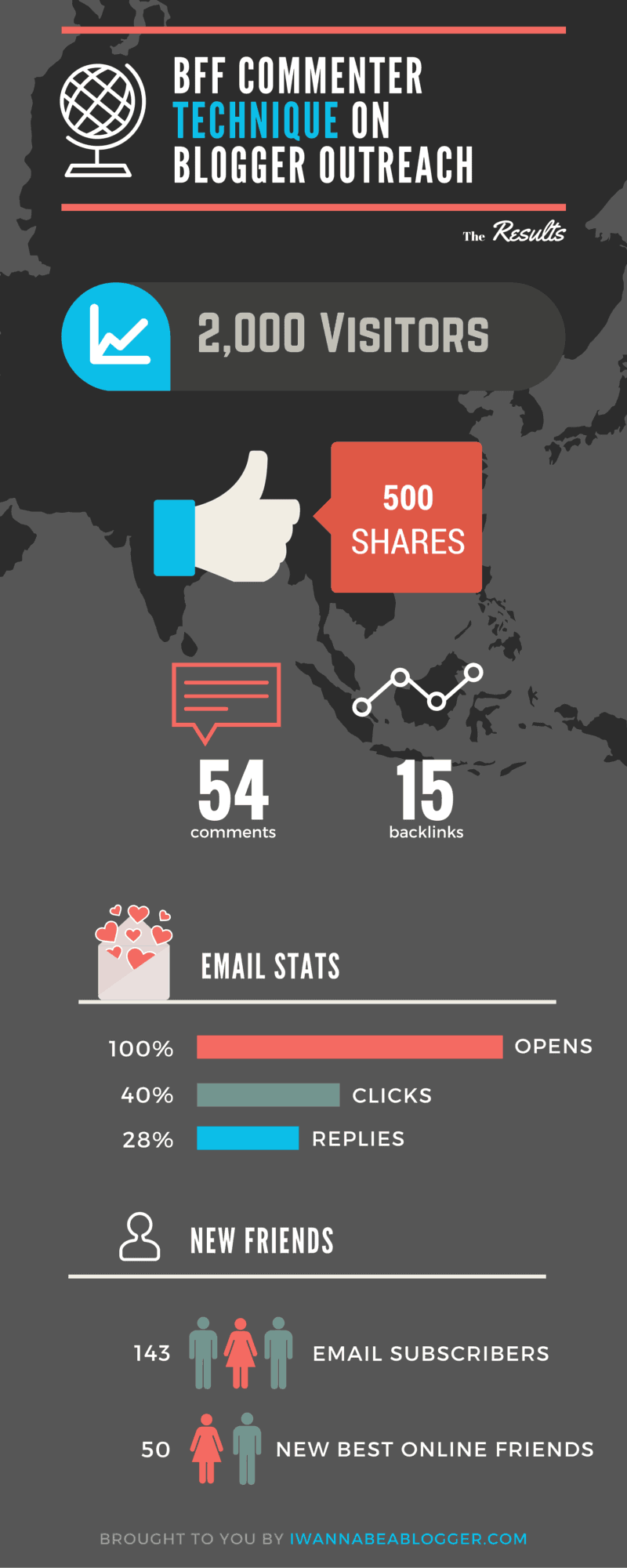
Michael actually focused on building relationships with these other bloggers by sharing their articles on Twitter and linking to their content, and as a result, some of them linked back to his site.
Another way to get links is to find similar content that has a lot of links already, and then reach out to those people that linked to it and let them know about your content.
One of the first articles that I promoted on my own blog was called "101 Blog Content Ideas" and I simply reached out to other people who had linked to other similar posts to let them know about mine. As a result, some of those people linked back to me and my article got ranked on the first page of Google for "blog content ideas."
Generally, these links should all be dofollow since they're natural links from real sites.
3. Publicity / PR
One of the most commonly overlooked ways to get dofollow links is to focus on growing your brand exposure or publicity.
If a lot of people know about your business and your brand, you’ll get links from people without even having to ask for them.
Alan Su launched Nom Nom Ramen in Philadelphia, one of the first restaurants in the area to focus on ramen noodles. When he first launched the restaurant, he reached out to local media outlets to let them know about his new restaurant.
As a result, he got media coverage and links from high authority sites like the Philadelphia Inquirer, Philly Magazine and other food bloggers. Nom Nom is a top ranking site for their main keyword "Philadelphia ramen."
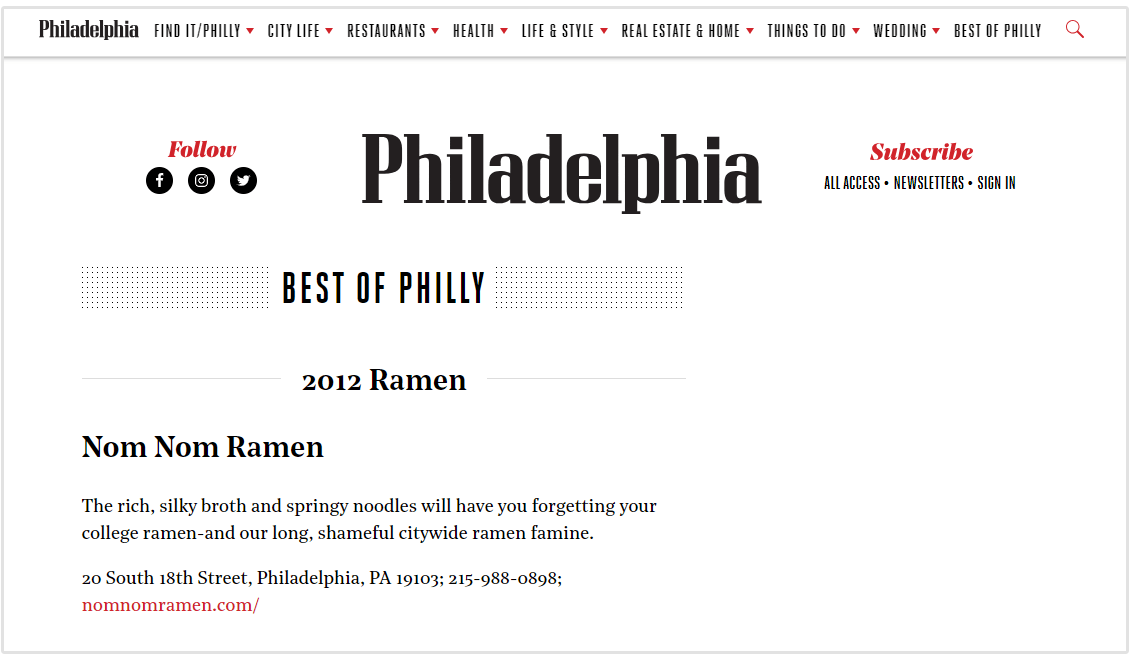
These links should also be mostly dofollow since they're natural links.
4. Steal Competitor Backlinks
Regardless of what niche you're in, doing a backlink analysis is a great way to find dofollow link opportunities.
Want to know exactly what sites your competitors are getting links from?
What if you could view the backlinks of all your top search engine competitors and reach out to those sites to get links? Wouldn't that be helpful in planning your own SEO campaign?
A backlink analysis will reveal this information.
Dofollow Backlinks Wrap-up
Always check to make sure that a site has dofollow links before you spend your time trying to get links from that site.
You can easily check if a site uses dofollow links by viewing the source code or using the “Inspect” feature to make sure that rel=nofollow isn’t in the link code.
Although nofollow links can still be good for referral traffic, focus on getting dofollow backlinks if your goal is to increase search engine traffic.





